 |
Current Trends and Issues in Out-of-School Time Programs |
2.00 |
It is important for OST professionals to understand how the field has developed since its inception and to be knowledgeable about the current status of the OST field. With this knowledge and understanding, it is possible for OST professionals to participate in shaping the field as it grows in the future.
The field of OST is growing and changing as national researchers learn more about what works best in OST programs for a wide range of children and youth, their families, and their communities. Other positive changes are occurring as advocates for OST succeed in creating more public awareness about the need to make quality OST services available to all children and youth across the country. In addition, the OST field is undergoing a metamorphosis as experienced professionals in several different disciplines and fields share and contribute their knowledge, skills, and insights with the goal of creating national models that represent the best possible OST programs.
In this climate of change, OST programs face a number of important issues, revolving around the availability, affordability, and accountability of programs. Many national trends and issues have implications for OST at the state and local level. When OST professionals are well informed about national developments in the field, they can become more effective OST advocates as they design and implement high quality, sustainable programs that are responsive to youth, family, and community needs. |
 |
Youth Development Trends: Focus on Older Youth |
2.00 |
The Center for Early Adolescence at the University of North Carolina and the Search Institute have found that early adolescence is a time of rapid change in youth development and developmental needs. For many children, the characteristic needs of early adolescence begin to emerge as early as age nine, when children are still in elementary school and attending traditional OST programs. OST professionals who understand these emerging needs are better equipped to create successful program experiences with older children in their programs.
The number of quality OST programs for children between five and twelve is steadily growing across the country. At the same time, there is increasing public interest in establishing programs that can also address and support the out-of-school needs of children over age twelve. For many years, communities tried to meet the needs of older youth by a problem-solving approach that focused on helping youth by fixing what was wrong. New trends in youth development take a more positive approach and are focused on working with youth to create positive outcomes.
OST professionals who are knowledgeable about adolescent development and developmental needs and are knowledgeable about youth development research and trends can play important roles in helping their communities design and develop the next level of program services for children over the age of twelve. By learning about ways to support the developmental needs of older youth, OST professionals can join with others to create strategies and programs for continuing to build on the positive experiences younger children have in their OST programs. |
 |
Sharing Information with Parents and Other Professionals |
2.00 |
School-age children work on many important developmental tasks during their out-of-school hours. One of the important responsibilities of OST staff is to help parents stay in touch with how their children are growing and developing during program hours. In addition to parents, professionals who work with children in other settings are often interested in learning how children spend their time when they are not at home or school.
Portfolios are excellent tools for bringing children’s experiences in OST programs to life for parents during planned parent conferences. They are also valuable tools for sharing helpful information about children with other professionals. |
 |
Explorando la continuidad de las tareas de desarrollo de niños en edad escolar de 5 a 12 años (Spanish) Exploring the Continuum of Developmental Tasks of School-Age Children from 5 to 12 |
1.25 |
Comprender la continuidad del desarrollo continuo entre las edades de 5 y 12 años proporciona la base para planificar e implementar programas extracurriculares exitosos. Cuando el personal conoce y comprende las tareas de desarrollo de los niños en edad escolar, puede trabajar con los niños y colegas para diseñar ambientes efectivos, planificar actividades atractivas, establecer expectativas y límites apropiados y guiar el comportamiento de los niños de manera efectiva.
Understanding the continuum of ongoing development between the ages of 5 and 12 provides the foundation for planning and implementing successful after-school programs. When staff know and understand the developmental tasks of school-age children, they can work with children and colleagues to design effective environments, plan engaging activities, set appropriate expectations and limits, and guide children’s behavior effectively. |
 |
Explorando cuatro áreas del desarrollo en edad escolar (Spanish) Exploring Four Areas of School-Age Development |
1.50 |
Una de las formas más útiles de comprender las necesidades e intereses de los jóvenes de entre 5 y 12 años es examinar su desarrollo desde cuatro perspectivas diferentes: desarrollo físico, desarrollo cognitivo, desarrollo social y desarrollo emocional.
One of the most helpful ways to gain an understanding of the needs and interests of youth between 5 and 12 is to examine their development from four different perspectives: Physical Development, Cognitive Development, Social Development, and Emotional Development. |
 |
Public School District Board Member Training |
2.50 |
This course is designed to equip you with the knowledge and skills necessary to effectively govern and oversee your district's public schools, promote academic excellence, and ensure fiscal responsibility. It is just one out of many education courses we offer. This course will help you develop new knowledge about students and will help you understand your role. |
 |
Strategic Decision Making: Complex Decisions (Instructor Guide) |
1.34 |
Complex decisions are influenced by many factors. Such decisions are difficult to make, because you might not know how various options will turn out when implemented. Although many forces have an effect on your decision, only some of them are likely to have a real impact. The secret of success is to isolate the essential variables that affect the outcome of the decision. You can build scenarios to test different sets of assumptions, and determine the assumptions that are controlling factors versus the ones that are nonessential.
Planning a decision scenario improves your options. It helps you test a variety of assumptions to gauge their impact and to determine which one is the best. When planning decision scenarios, you should identify the certainties, uncertainties, and trends that might affect your decision. Use this information to build multiple decision scenarios that can indicate the possible consequences of the decisions you make today.
In this course you will learn to: create scenarios by using the extremes method and the driving forces method, and manage linked decisions and follow the guidelines for making linked decisions.
This Instructor's Edition of this course includes notes and suggestions to assist you in presenting the material, whether in an in-person classroom setting or as an instructor-led online or distance-learning course. It also provides you with the answers to questions found in mid-lesson activities, as well as in the quiz that concludes the course. |
 |
Adult and Child CPR (Corrections) |
2.00 |
In this course, you will learn how to properly perform Adult and Child CPR that may someday enable you to save someone's life. |
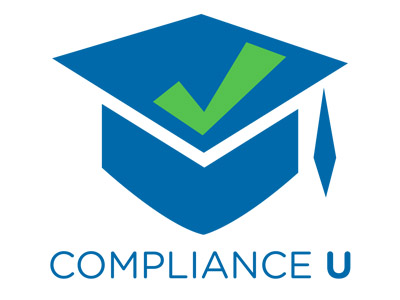 |
Bloodborne Pathogens and HIV (Corrections) |
1.00 |
In this course, you will learn about the characteristics of bloodborne pathogens, diseases caused by these pathogens, such as HIV, and how they are transmitted. You will also learn the elements of an exposure control plan and how to prevent contact with or infection from contaminated body fluids. In addition, you will learn how to handle exposure incidents involving blood, and the signs, labels, and color-coding used to warn of biohazards and bloodborne pathogens. This training is provided to help employers provide a safe and healthful work environment for their employees and minimize the possibility of employee exposure to bloodborne pathogens. |
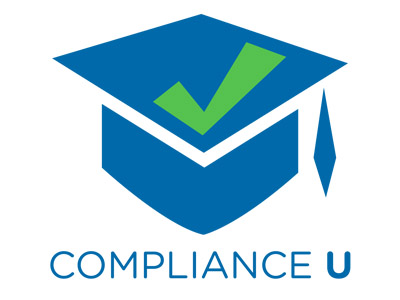 |
California Harassment Prevention Training for Managers, Supervisors, and Salaried Employees (Corrections) |
2.00 |
This course provides comprehensive online training to prevent harassment in the workplace. It offers strategies to achieve more appropriate employee conduct and reduce your company’s liability. In addition to promoting a harassment-free work environment, this course will also bring your organization into compliance with state laws, such as California's sexual harassment training requirement, AB 1825. |
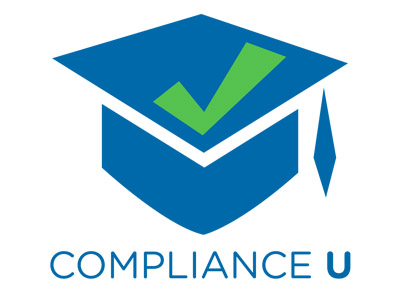 |
California Harassment Prevention Training for Team Members (Corrections) |
1.00 |
Harassment cases have resulted in organizations being liable for hundreds of millions of dollars in legal fees and lost revenue annually. The information presented here enables employees in the organization to create a harassment-free culture. |
 |
California Harassment Prevention Training for Team Members (Spanish) (Corrections) |
1.00 |
Harassment cases have resulted in organizations being liable for hundreds of millions of dollars in legal fees and lost revenue annually. The information presented here enables employees in the organization to create a harassment-free culture.
Los casos de acoso han hecho que las organizaciones sean responsables de cientos de millones de dólares en honorarios legales y pérdida de ingresos anualmente. La información presentada aquí permite a los empleados de la organización crear una cultura libre de acoso. |
 |
Child Abuse Prevention and Awareness for Supervisors and Managers (Corrections) |
1.50 |
If a staff member or volunteer in a child-related program approaches his or her supervisor with a case of suspected child abuse the supervisor must know how to handle the situation to ensure the safety of everyone in the program. This course provides supervisors with a wealth of information about how to recognize and prevent child abuse within program walls, and furthermore, the steps to take when a situation of child abuse arises. In addition, you will learn best practices for yourself, your staff and your organization. |
 |
Combating Sexual Harassment in the Workplace (Corrections) |
1.00 |
Welcome to Combating Sexual Harassment in the Workplace. This course was created by CypherWorx in alignment with training materials developed by New York State. While nearly a dozen states have enacted sexual harassment legislation, New York is among those with the strongest and most stringent proposed sexual harassment laws in the nation. (complianceweek.com). This course may be used as a general sexual harassment training, however, you should check with your state and local municipality for other important requirements. |
 |
Strategic Decision Making: Decision Results (Instructor Guide) |
0.84 |
After implementing a decision, you should review the process you followed to reach it, regardless of the outcome. There are guidelines that you can use to review and learn from your decisions. You also need to be aware of the various pitfalls to avoid when learning from your decisions.
You can improve your decision making skills by examining a variety of other sources, such as the experience of people in your company and the decisions of other companies. You should not overlook these opportunities, because they will improve your decision-making skills, and help you to avoid similar mistakes in the future.
In this course you will learn to: identify the guidelines to follow and pitfalls to avoid when reviewing your decisions, and identify actions you can take to learn from the experience of others.
This Instructor's Edition of this course includes notes and suggestions to assist you in presenting the material, whether in an in-person classroom setting or as an instructor-led online or distance-learning course. It also provides you with the answers to questions found in mid-lesson activities, as well as in the quiz that concludes the course. |
 |
Diversity, Equity, and Inclusion Training (Corrections) |
1.00 |
Diversity, Equity and Inclusion have become an important part of creating a culture that thrives on leveraging differences.
The goal is to learn:
Definitions of Diversity, Equity, and Inclusion
Why Diversity, Equity, and Inclusion is Important to Everyone?
Our Identity and Where it Comes From
Bias and The Impact to Others
Next Steps to Take |
 |
Implicit Bias (Corrections) |
1.00 |
In this course, you’ll learn about implicit biases that happen despite our best intentions. After completing this course, you will be able to:
Define implicit bias.
Describe how implicit bias can impact the workplace or an organization.
Identify the steps you can take to further educate yourself about this topic. |
 |
Overview of the Americans with Disabilities Act Topic 1: Overview of the ADA (Corrections) |
0.25 |
Welcome to the Overview of the Americans with Disabilities Act, Topic 1: Overview of the ADA. |
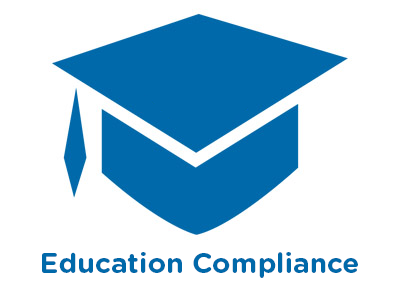 |
Overview of the Americans with Disabilities Act Topic 2: Reasonable Accommodations (Corrections) |
0.25 |
Welcome to the Overview of Americans with Disabilities Act, Topic 2: Reasonable Accommodations. |
 |
Safety and Survival in an Active Shooter Event (Corrections) |
1.00 |
Recent national tragedies remind us that the risk is real: an active shooter incident can happen in any place at any time. The best way to make sure you are safe is to prepare ahead of time and be ready. This course will take you through 3 different phases of an active shooter event: 1. Before: Prepare Ahead of Time; 2. During: Safety and Survival During an Active Shooter Event; and 3. After: Safety After an Active Shooter Event. |
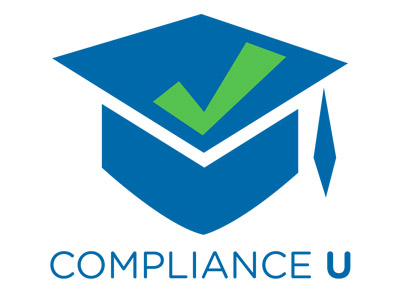 |
Sexual Harassment Prevention for Employees (Corrections) |
1.00 |
This course will provide you with an overview - defining sexual harassment and general harassment, giving examples of prohibited behaviors, explain the responsibilities of you and your organization and teach you about liability. |
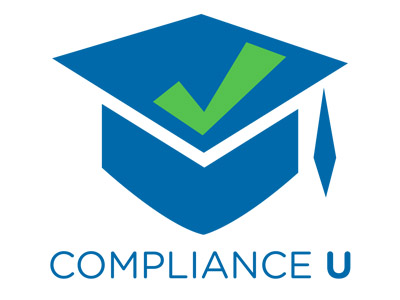 |
Equal Opportunity 101 (Corrections) |
0.17 |
The U.S. Department of Labor Civil Rights Center is committed to providing clear and easy-to-access information on how to comply with federal equal opportunity and nondiscrimination laws and regulations that (1) prohibit discrimination in DOL-funded programs and activities, and (2) prohibit discrimination on the basis of disability by certain public entities and in DOL-conducted activities. This course is a brief overview on equal opportunity rights. |
 |
Strategic Decision Making: Decision Options (Instructor Guide) |
1.17 |
Before you begin generating options for a business decision, you should take time to understand the decision you’re going to make. You can increase and improve your options by using available techniques and by avoiding pitfalls. When planning to make a decision, you might generate other options, and compare them without considering which approach you should use to make the decision. By failing to consider your approach, you might select one of the options without considering all the necessary information. This lack of information can prevent you from recognizing and considering some of the best options.
In this course you will learn to: identify the techniques for generating options and improving the quality of your options, and evaluate your options and identify the techniques for making a final decision.
This Instructor's Edition of this course includes notes and suggestions to assist you in presenting the material, whether in an in-person classroom setting or as an instructor-led online or distance-learning course. It also provides you with the answers to questions found in mid-lesson activities, as well as in the quiz that concludes the course. |
 |
Preventing Sexual Harassment and Understanding California Law (Corrections) |
0.50 |
This course will teach California employees how to recognize sexual harassment, defines the rights and responsibilities of employers and employees, and provides an overview of the legal remedies available in sexual harassment lawsuits. |
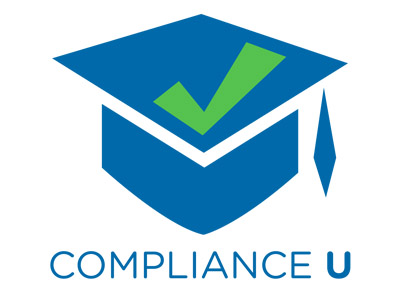 |
The NoFEAR Act (Corrections) |
0.25 |
This course will inform participants of the Notification and Federal Employee Antidiscrimination and Retaliation Act, also known as the NoFEAR Act. At the conclusion of this course, participants should understand the basic provisions of the NoFEAR Act, know what Antidiscrimination and Whistleblower Protection Laws protect them, and understand how to file a complaint alleging discrimination, retaliation, or a violation of the Whistleblower Protection Laws. |


























